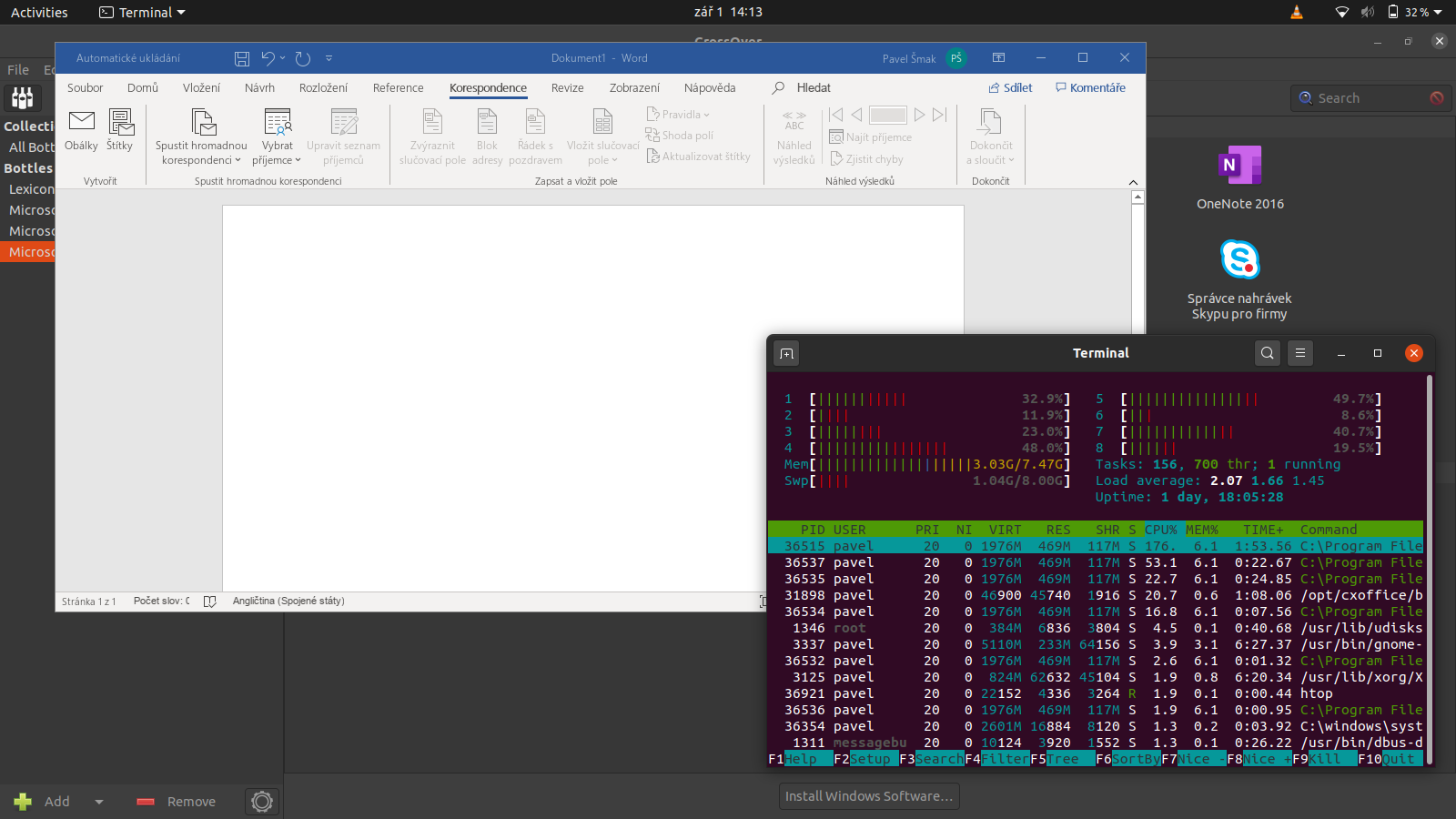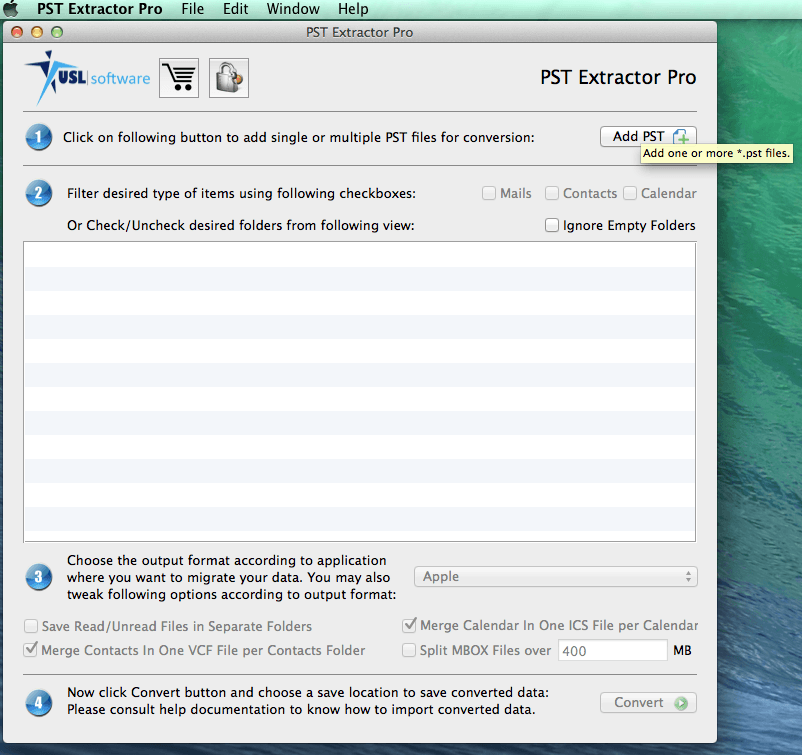
- #ACCESS COMPATIBLE DATABASE FOR MAC HOW TO#
- #ACCESS COMPATIBLE DATABASE FOR MAC MAC OS X#
- #ACCESS COMPATIBLE DATABASE FOR MAC INSTALL#
- #ACCESS COMPATIBLE DATABASE FOR MAC ZIP FILE#
- #ACCESS COMPATIBLE DATABASE FOR MAC DRIVER#
(Optional) Select the default data source name at the top of the page, and then enter a unique data source name for use in Tableau. On the data source page, do the following: Workgroup security - If the Access file is protected by workgroup security, select Workgroup Security, and then enter the Workgroup File name, User, and Password into the corresponding Password protected - If the Access file is password protected, select Database Password, and then enter the password. Start Tableau and under Connect, select Access, select the Access file that you want to connect to, and then select Sign In. Make the connection and set up the data source
#ACCESS COMPATIBLE DATABASE FOR MAC DRIVER#
If the driver is not installed on your computer, Tableau displays a message in the connection dialog box with a link to the Driver Download (Link opens in a new window) page where you can find driver links and installation instructions. You might already have the required driver installed on your computer. This connector requires a driver to talk to the database. Use this connector with Tableau Desktop on a Windows computer. If the file has workgroup security, you need workgroup security credentials: If the file is password protected, you need the database password. Before you beginīefore you begin, gather this connection information: To a Microsoft Access file (*.mdb, *.accdb) and set up the data source.
#ACCESS COMPATIBLE DATABASE FOR MAC HOW TO#
For these advanced partnership opportunities, please book a free consultation with our account executives today.This article describes how to connect Tableau ServerMania not only supports businesses with technical tutorials, but also through enterprise focused solutions such as colocation and server cluster configurations. Leave your comments and questions below! You should also consider reviewing our Database Hosting Solutions if you’re looking to deploy a database server. Questions about managing your SQLite database server? The SQLite DLL file can be placed on Windows in C:WINDOWSsystem32 folder if needed to manage your database files. open command in order to open an SQLite file. Once SQLite has been installed on the respective Operating System, you can use the.

If you are new to the software, we would recommend using a test db or sample database in order to get the hang of things. You can manage your SQLite databases on Mac or Windows by using GUI tools such as SQLite Studio. The software will then open in the command line and you can execute any sql commands:
#ACCESS COMPATIBLE DATABASE FOR MAC ZIP FILE#
Right click on the ZIP file and extract it to C:\SQLite Step 3: Open SQLiteĭouble click the sqlite3 file to open the software: You can download this file from the SQLite website here.
#ACCESS COMPATIBLE DATABASE FOR MAC INSTALL#
You can install SQLite Windows by following these steps: Step 1: Download the SQLite ZIP File You can now execute any sql statements using the sqlite3 command to start the server on your linux server. SQLite can be installed on linux with the following commands:īegin by logging in via SSH to your linux server and execute the corresponding command to your distribution: Debian / Ubuntu apt-get install sqlite3 CentOS / Fedora / RedHat yum install sqlite3

#ACCESS COMPATIBLE DATABASE FOR MAC MAC OS X#
The server can be quit in Mac OS X by using the. This will allow you to execute a file from an untrusted developer. Right click on the sqlite3 file and click Open.

Step 2: Unzip the FileĮxtract the archive and moved the extracted folder into a convenient location. You can follow these instructions if SQLite is not automatically loaded for you on Mac OS X in order to install SQLite Mac: Step 1: Download the SQLite ZIP File See Also: (Live Webinar) Meet ServerMania: Transform Your Server Hosting Experience SQLite comes preinstalled on Mac, so you can simply open the terminal application and type sqlite3 to launch the server. However, you may need to install SQLite in some cases and on other OSes. For example, Mac OS X comes pre-isntalled with SQLite and can be executed using the sqlite3 command. The SQLite source code is actively developed and the developers plan to continue support until 2050.ĭepending on your OS environment, SQLite server may already come bundled with your Operating System.



 0 kommentar(er)
0 kommentar(er)
